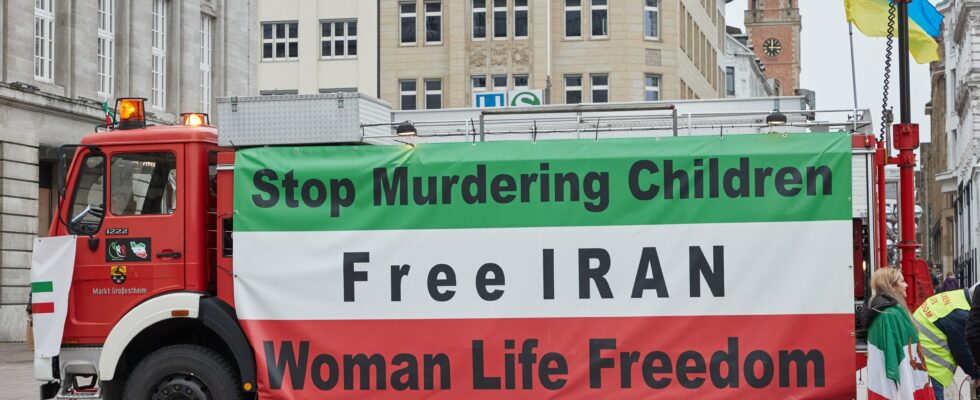A form of terrorism, intended to close schools? Part of Iran is in the grip of dread this Wednesday, March 1. On television, on social networks, in WhatsApp loops, these images of students lying on the ground, suffocating. Some are on wheelchairs, others have been hospitalized, needing to be put on oxygen.
What happened ? Gas poisoning, according to the first elements. An accident ? How to explain, in this case, that several hundred children, girls, have been affected since November. The recurrence of these events suggests a form of attack, targeting women’s right to education, according to the Iranian government. The detail.
What happened ?
This Wednesday morning, students from seven girls’ schools in the city of Ardabil (north) were affected by strange gas fumes. 108 people were taken to hospital, the head of the hospital department told the Tasnim news agency. A case, far from being isolated. On the same day, other similar cases were quickly reported.
According to local media, similar incidents took place in at least three establishments in Tehran. In a high school in Tehransar, in the west of the capital, students were “poisoned by the projection of a kind of spray”, indicated for its part the news agency Fars, which quotes parents of students . The same source reported the mobilization of emergency services on site.
How many students are affected?
According to estimates given on Wednesday by the spokesperson for the parliamentary health committee, Zahra Sheikhi, nearly 800 students have been affected since the first cases of respiratory poisoning in the holy city of Qom in late November and 400 others in Boroujerd (west). Some schoolgirls were briefly hospitalized, suffering from nausea, fatigue and dizziness, in addition to significant breathing difficulties. But none were seriously affected.
Why does the intentional and terrorist track seem to be becoming clearer?
In the afternoon, Interior Minister Ahmad Vahidi first announced to the press that the authorities were still investigating the “possible persons responsible” for the poisonings but that no arrests had yet been made. “So far, we have no definitive report that a specific substance of a toxic nature was used” to poison students, he added.
But, according to the results of toxicological examinations provided by the Ministry of Health and quoted by a deputy, the toxic substance used in Qom was composed in particular of N2 gas, based on nitrogen, used in industry or as agricultural fertilizer . The recurrence and the nature of these poisonings have caused concern among the population. One side fears an attack on the right to education.
While he was accused of walling in silence, Iranian President Ebrahim Raisi on Wednesday instructed the Minister of the Interior to “follow the case as soon as possible”, and to “inform” the public about the investigation. in order to “sweep away the concerns of families”, according to the presidency website. The Ministry of Health explained on Sunday that “certain individuals” were seeking, through these actions, to “close all schools, in particular girls’ schools”.
Is girls’ education questioned in Iran?
Object of a broad consensus, education for all is obligatory in Iran, where the girls even represent a majority of the students in the universities. But Iran is crossed by significant tensions about the place of women in society. Mahsa Amini’s death in custody for not wearing her headscarf “correctly” sparked harsh and massive protests across the country. Some Iranians have speculated that schoolgirls were poisoned in revenge for the feminist revolt that appears to be forming in the country.
Last November, UNICEF, a UN body, also warned of the risk to children’s rights in Iran, while repression and attacks have increased in recent months. “UNICEF is also deeply concerned about the continued raids and searches in some schools. Schools must, at all times, be safe places for children,” the organization said.
